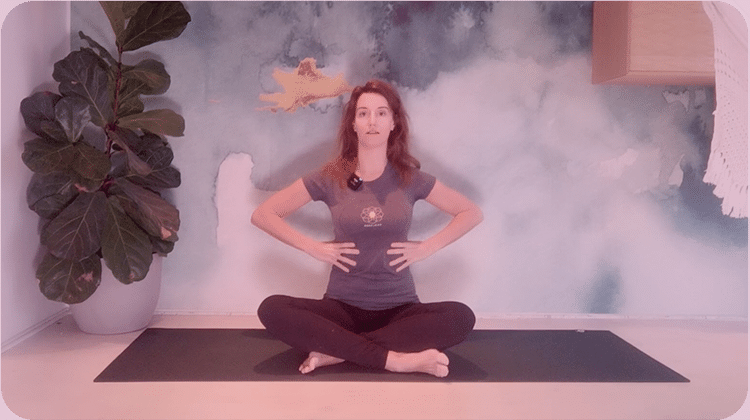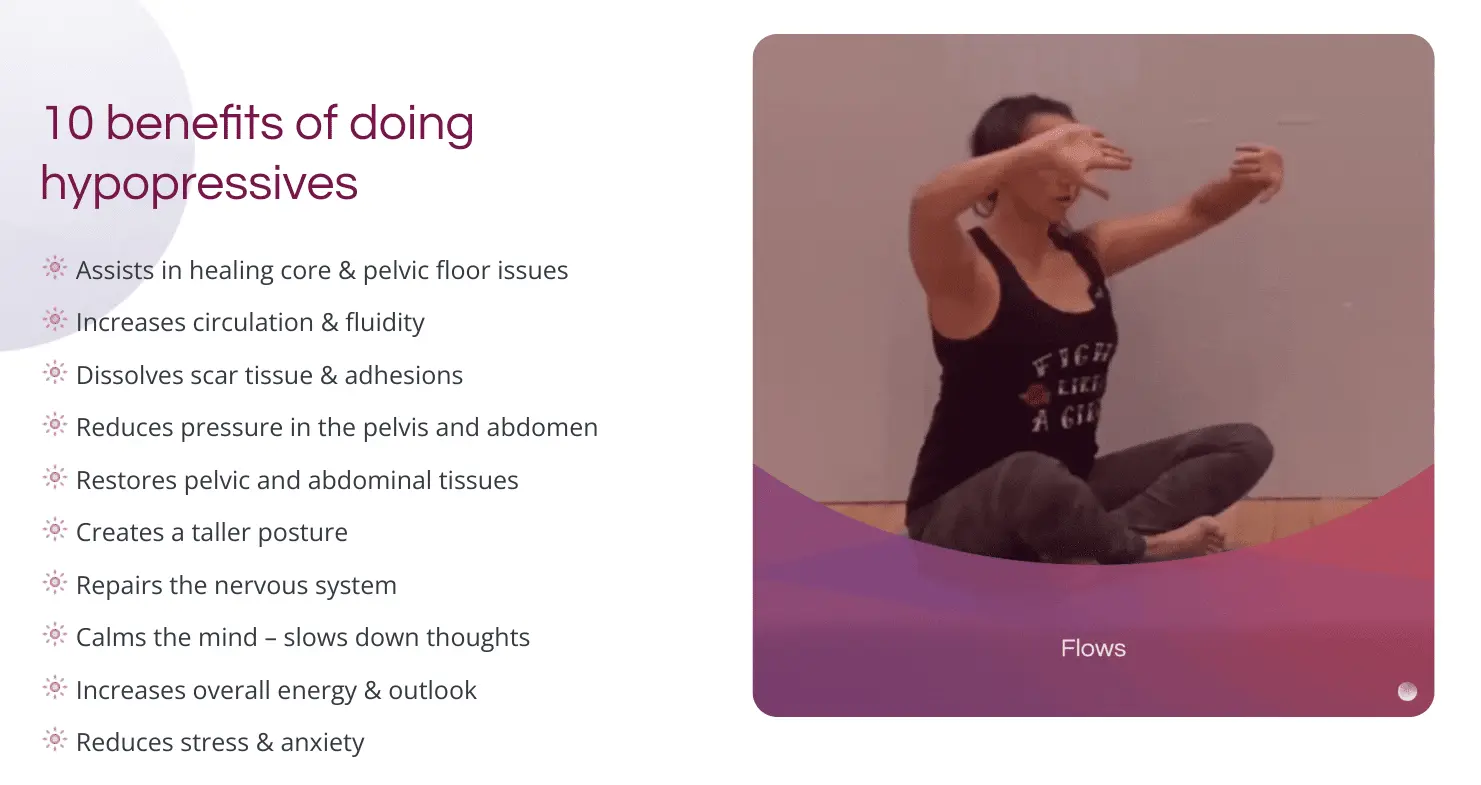Postpartum Depression: Types, Signs, Prevention & Treatment
- August 16, 2022
- Pregnancy & Postpartum

Mom, mum, momma, mommy, mother… no matter what you call them, we know who they really are — heroes.
Catherine Jones, a renowned actress, beautifully puts it:
“Whether your pregnancy was meticulously planned, medically coaxed, or happened by surprise, one thing is certain — your life will never be the same.”
As much as it is rewarding, this role can be demanding as well. And for some women, they will end up facing postpartum depression (PPD).
PPD can be very isolating. So if you haven’t felt like yourself lately, or if you’ve been feeling guilty that you are gloomy, know that it isn’t your fault and you’re certainly not a bad mother.
In this blog, we’ll dive deeper into PPD, the reasons it happens, and natural remedies to help you recover from it.
P.S. You don’t have to go through this alone, we’re here for you.
How common is postpartum depression?
Around 1 in 7 mothers will experience postpartum depression (PPD) in their lifetime. It can begin days, months, and even years after giving birth.
Postpartum depression is a complicated mixture of physical, psychological, emotional, and behavioral changes distinguished based on its severity.
What are the three types of postpartum depression?
There are three types of postpartum depression: Baby Blues, Postpartum depression (PPD) & Postpartum Anxiety (PPA), and Postpartum Psychosis.
The medical world has started using the term Perinatal Mood and Anxiety Disorder (PMAD) to address mood changes after pregnancy instead of calling it Postpartum Depression (PPD).
However, some experts don’t like using this name because it contains the word “mad” which can have negative connotations to patients, and we agree. So we will refer to this condition as PPD.
Here’s how the 3 types of PPD differ from each other:
1. Postpartum Blues A.K.A. “Baby Blues”
The term “baby blues” has been widely used since 1940 when it was first mentioned in the book Expectant Motherhood by Nicholson J. Eastman. Along with it, you may hear the terms “Postpartum Blues” or “new-parent jitters” interchangeably.
It’s basically a roller coaster of emotions, mostly sadness, during the first week (one to four days) after your baby is born. The majority of women will experience baby blues. So it’s important to have a helping hand and a strong emotional support team to help you during this critical time.
Baby blues should naturally subside within two weeks. If not, this could indicate PPD or PPA.
2. Postpartum depression (PPD) & Postpartum Anxiety (PPA)
Unlike baby blues, PPD and PPA are more intense and last longer than two weeks, it could even last for years. To be specific, PPD and PPA are two different conditions that are closely associated with each other. Meaning, some women may have one but not the other or may have both at the same time.
So how do you tell them apart?
Postpartum anxiety is mostly a series of “what if” scenarios playing in your head that can’t be eased, eventually disrupting your daily functions. You may also experience physical symptoms such as fatigue, palpitations, hyperventilation, sweating, nausea or vomiting, and shaking.
There are also two more particular types of PPA:
Postpartum obsessive-compulsive disorder (intrusive and recurring thoughts related to the baby that may result in overprotectiveness, fear, and obsessions) and Postpartum panic disorder (panic attacks triggered by anxiety).
Postpartum depression (PPD), on the other hand, is typically a feeling of overwhelming sadness that may lead to thoughts and actions to harm yourself or your baby.
3. Postpartum Psychosis
Of all the other types, Postpartum Psychosis is by far the most severe form of postpartum depression that needs immediate medical attention. It’s a rare condition affecting only 1 in 1000 women (on average) after delivery. It can worsen rapidly lasting for weeks to several months or more if left untreated.
Aside from depression and anxiety, symptoms of Postpartum Psychosis may include:
• Delusions, mania, paranoia or hallucinations
• Agitation and confusion
• Heightened energy or sex drive
• Severe insomnia and hyperactivity
• Extreme mood swings
• Feeling disconnected from your baby
• Feelings of hopelessness and shame
• Disorganized thought process and difficulty communicating
What factors increase the risk of being depressed after childbirth?
Risk factors of postpartum depression can be classified into 5 categories: psychological, obstetric, biological and hormonal, social, and lifestyle.
1. Obstetric Risk Factors
• Complications after childbirth (including prolapse)
2. Biological and Hormonal Risk Factors
• Glucose metabolism disorders
• Hormonal changes and imbalances (affecting your serotonin and oxytocin levels)
3. Social Risk Factors
• Lacking empathy in relationships, and little to no support emotionally and financially
• Smoking during prenatal period
• Employment status, education, and low income
4. Lifestyle Risk Factors
5. Psychological Risk Factors
• History of depression and anxiety
• Having moderate to severe premenstrual syndrome (PMS)
What does postpartum depression feel like?
(Symptoms & Causes)
Having postpartum depression is feeling stuck in a loop of overwhelming negative thoughts, worries, sadness, pressure, and guilt for having these thoughts and emotions.
You might feel ashamed for having disturbing thoughts (including self-harm or hurting your baby) so you decide to stay silent. Every day, you hope it goes away, so every minute it lingers you might think you’re incapable of caring for your baby.
All these voices in your head will get louder unless you reach out for help.
Please get a proper diagnosis from a professional if you’re feeling this way.
For now, you can try a self-assessment called Edinburgh Postnatal Depression Scale and give the results to your medical provider for further guidance.
Although the exact cause of postpartum depression is still uncertain, previous history of mood or psychological disorders may trigger it.
How Postpartum Depression Affects Fathers
Around 4% of fathers may also experience depression during the first year after their child’s birth and may recur through the years. Younger fathers, especially those with financial problems, are more susceptible to paternal depression.
Can postpartum depression be prevented?

Even if there’s no way to predict whether or not you’ll experience postpartum depression, you can decrease the likelihood of getting it.
Here’s how:
• Set realistic expectations for yourself and your baby.
• Limit the number of visitors and screen phone calls, when you first go home.
• Don’t be afraid to ask for help (on household chores and emotional support).
• Get as much rest as you can.
• Get some fresh air through exercise or strolling outside.
• Eat healthy and avoid alcohol or caffeine as much as possible.
• Spend some 1 on 1 time with your partner.
• Try meditation and relaxation techniques.
• Expect that some days will be more difficult than others.
How can we help Mothers with postpartum depression?
If you know someone who is diagnosed with PPD, you can help here in the following ways:
1. Offer to babysit or take care of her older kids for a night or two.
2. Drop off food.
3. Offer to run some errands for or with her.
4. Be a good listener.
5. Don’t compare her experiences to yours or others.
6. Shower her and the baby with compliments.
7. Support her decisions.
8. Limit giving unsolicited advice and don’t stay for too long.
9. Reassure her that it’s okay to ask for help.
10. Ask what you can do to help.
Healing Postpartum Depression naturally
Having a solid support system during these trying times is a great way to heal from Postpartum Depression, but you’ll need a little more than this alone.
The key to healing faster is through holistic healing — a combination of lifestyle changes and healthy practices for your body, mind, and spirit:
1. Focus on eating a nutrient-dense, whole foods diet.
2. Try Chinese Medicine and Ayurveda.
3. Drink herbal teas or take herbal supplements.
4. Take vitamins, minerals & other helpful supplements.
5. Try Vaginal Steaming.
6. Try exercises to help your pelvic floor recover after childbirth such as yoga, block therapy, and strength exercises.
7. Regularly practice relaxation techniques such as meditation, visualization, and affirmations.
8. Never hesitate to ask for help. You can talk to us!
Consistency is key here. Having a coach, guided video lessons, and a community to support you makes consistency possible.
This is why we created the Pelvic Dysfunction Program. To offer women of all ages, 100% natural methods and exercises they can do from home in just 10 to 15 per day.
Sharing can help you heal both physically and emotionally after childbirth
Watch this video to learn about the value of sharing your experiences to help you recover from childbirth in more ways than one.
There’s no shame in asking for help, MoonRise is here for you
Aside from having an amazing community of strong women, we developed the world’s first science-based holistic program to restore pelvic health. It’s called the Pelvic Floor Dysfunction Program and it helps women heal pelvic dysfunction and recover postpartum.
If you want to:
• Lift your kids up without fear
• Get back to being active
• Jump, run, dance, play
• Find pleasure in sex
• Feel like yourself again
• Lose that constant feeling of anxiety, depression, or numbness
Then explore our Pelvic Floor Dysfunction Program and get answers to the most common questions we get asked.
Blog posts you might like:






